- Category
- War in Ukraine
Russia Revises Nuclear Doctrine, Blaming West for Tensions Despite Being Major Nuclear Proliferator
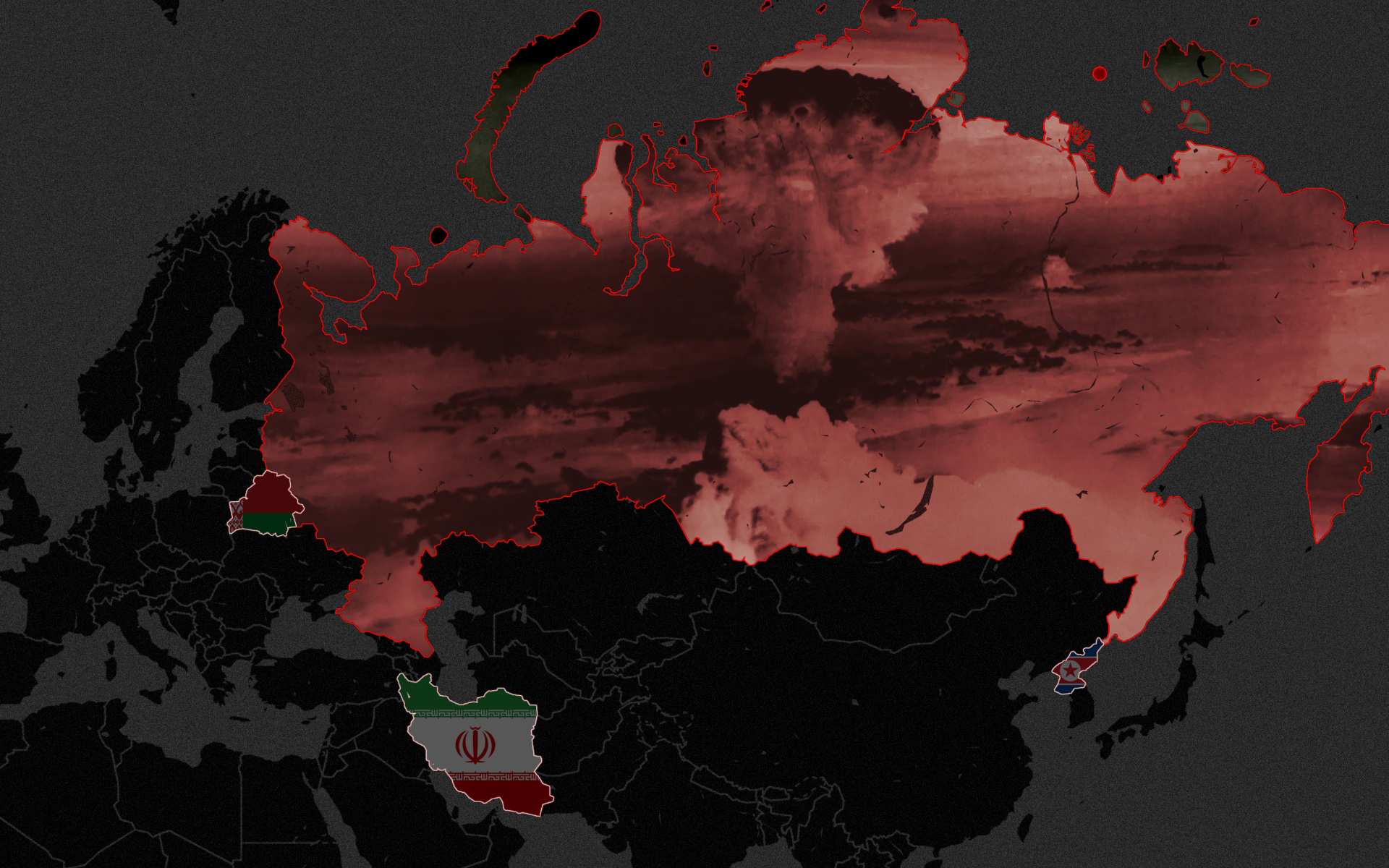
Russia keeps blaming the West for escalating tensions and is drafting a new nuclear doctrine, even though it is Kremlin officials who continue to make frequent nuclear threats, not their Western counterparts.
Russian Deputy Foreign Minister Sergei Ryabkov announced on September 1, 2024, that Russia is overhauling its nuclear doctrine. Though the changes are underway, details and timelines remain vague. “There is a clear directive to make adjustments,” Ryabkov said. “It is also influenced by the study and analysis of recent conflict developments, including, of course, everything related to the escalation course of our Western adversaries in connection with the Special Military Operation (the term used by Russia for the war in Ukraine).”
Russia sees the collective West as its main adversary and blames it for the need to revise its nuclear doctrine.
In reality, Russia is the most vocal about the potential use of nuclear weapons against Ukraine and its allies. The United24 Media team calculated that from February 2022 to June 2024, Russian officials made 72 statements about the possibility of using nuclear weapons against Ukraine and NATO.
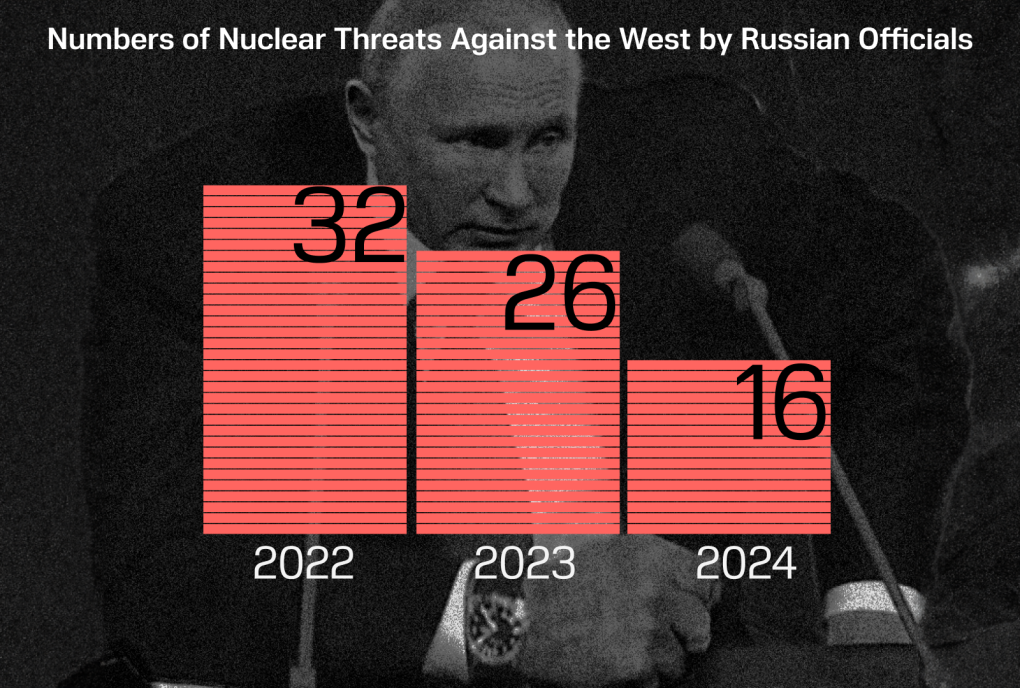
Western nations, however, have made no similar statements. Russia is also actively expanding the nuclear club, despite its commitment to prevent such proliferation.
Russia’s nuclear weapon and technology transfers
In August 2023, reports emerged that Russia had sent nuclear warheads to Belarus. All missiles scheduled to arrive from Russia had been delivered to Belarus by the end of the year. Some of these missiles are located at an airbase just 40 kilometers from NATO countries' borders.
Russian dictator Vladimir Putin ordered these moves to intimidate Ukraine’s allies by positioning Russian nuclear weapons closer to Europe. The aim is to demonstrate to the West that escalation is possible and to pressure it into reducing or halting support for Ukraine.
These actions violate the Treaty on the Non-Proliferation of Nuclear Weapons (NPT), which the Soviet Union signed in 1968. Putin has also breached this treaty at least twice more by forging cooperation with Iran and North Korea.
These two countries are key allies of Russia in the war against Ukraine, supplying it with ballistic missiles, Shahed drones, and large quantities of ammunition. Payment for these supplies is required.
North Korean officials openly admit that Russia is its top source of U.S. dollars, with the trade also covering grains and other foodstuffs. Payments for Iranian Shahed drones are also made in dollars.
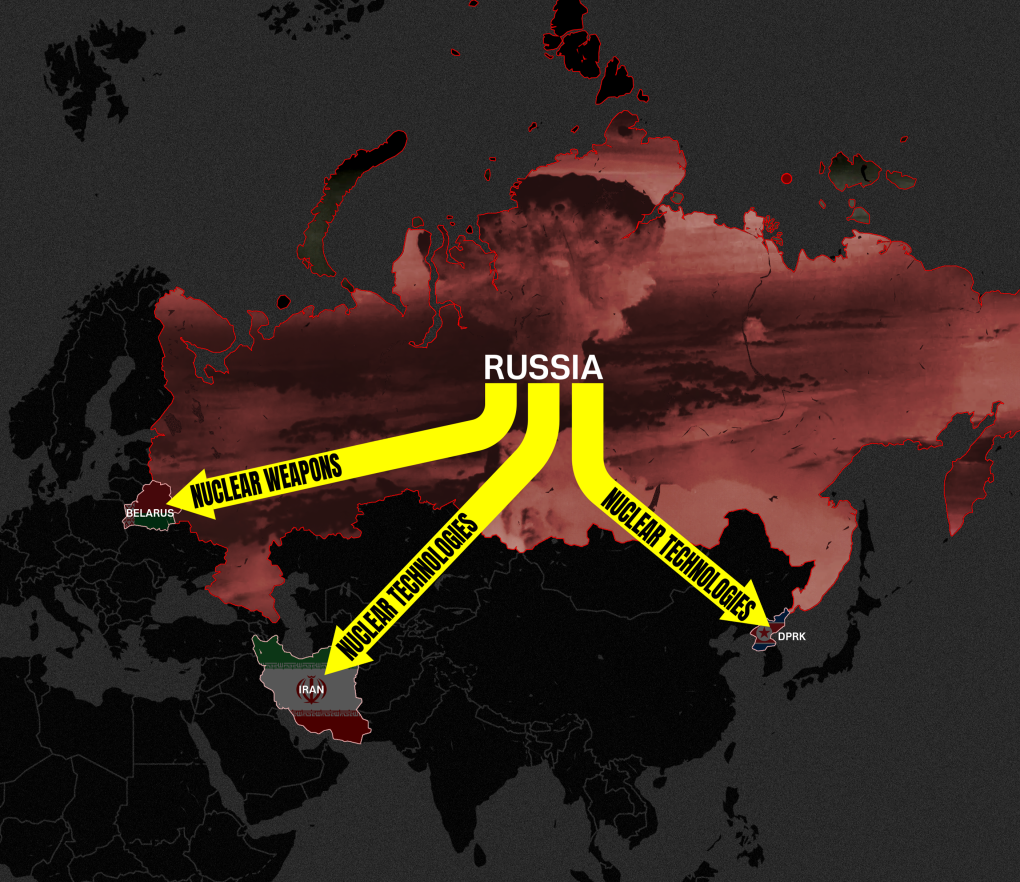
But this is not the only form of payment for ballistic missiles and other weapons. Both Bloomberg and The Guardian report that Russia has traded secret nuclear technologies to Iran for missiles. Russia may also offer access to its specialists. Iran reportedly aims to develop its own nuclear weapons soon and is eager to work with Russia to gain the necessary expertise.
Similar rumors swirl around North Korea, which is also working on developing its own nuclear weapons.
In return, Russia receives the weapons it needs. Recent data indicates that the Russian army may have acquired 200 Fath-360 missiles from Iran, intended for targeting Ukrainian border towns. North Korea supplies KN-23 ballistic missiles with a long-range, capable of reaching Kyiv. Ukrainian intelligence chief Kyrylo Budanov reports that North Korea also provides Russia with large stockpiles of ammunition, supporting its intense offensive operations.
In essence, Russia’s payment for its war in Ukraine has been nuclear technologies and weapons, which it has distributed to three countries in just two years—more than in the previous decades.
Treaty on the Non-Proliferation of Nuclear Weapons
In the 1960s, the five world powers—victors of World War II—discussed a treaty to halt the spread of nuclear weapons. At that time, the nuclear club included the USA, the Soviet Union, Britain, France, and China, all of which also hold permanent seats on the UN Security Council.
The treaty was finalized by the end of the 1960s and approved by the UN General Assembly in 1968. This complex multilateral agreement came into force in 1970, with France and China signing it in 1992. It is known as the Treaty on the Non-Proliferation of Nuclear Weapons.
The treaty aims to prevent the expansion of the nuclear club. This goal was a key reason U.S. officials pressured Ukraine to relinquish one of the world’s largest nuclear arsenals after the Soviet Union dissolved.
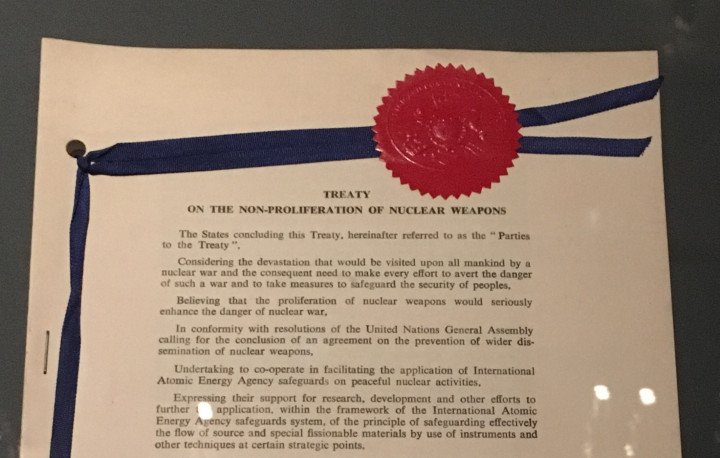
Sweden once had the capability to develop nuclear weapons but chose to abandon the effort, while South Africa built several warheads but voluntarily dismantled them.
Efforts to contain the expansion of the nuclear club have failed: over time, India and Pakistan joined, and while discussions about Israel persist, there is no official confirmation.
North Korea also claims to possess nuclear weapons.
Thanks to Russia, the nuclear club has expanded once again. Belarus has regained nuclear status, which it had given up after the Soviet Union's dissolution. Iran has acquired nuclear technologies, and North Korea has also received assistance.
Russia’s actions have reversed efforts to reduce nuclear warheads and weapons, adding several new members to the nuclear club. Some of these are prepared for aggressive wars.
-29a1a43aba23f9bb779a1ac8b98d2121.jpeg)
-531fe8d92c87f1630d3f1a2503c33089.png)

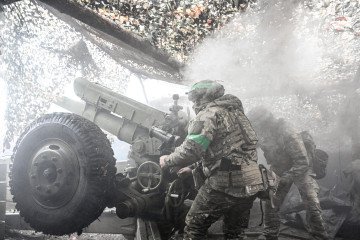
-886b3bf9b784dd9e80ce2881d3289ad8.png)


-f88628fa403b11af0b72ec7b062ce954.jpeg)